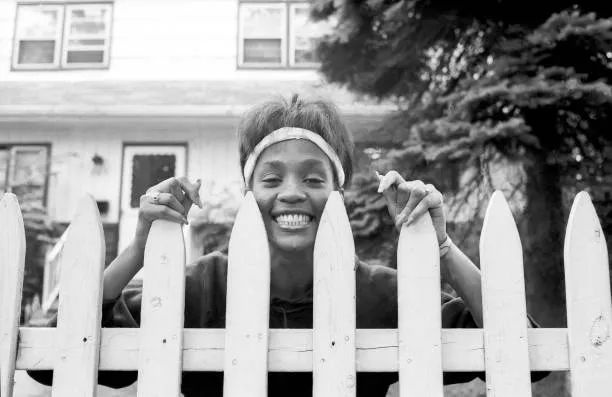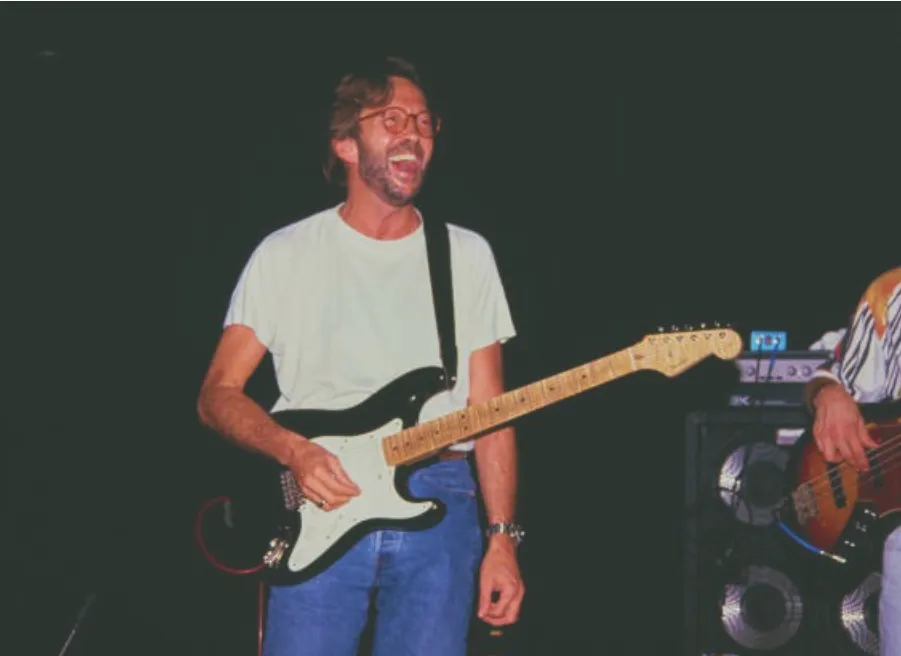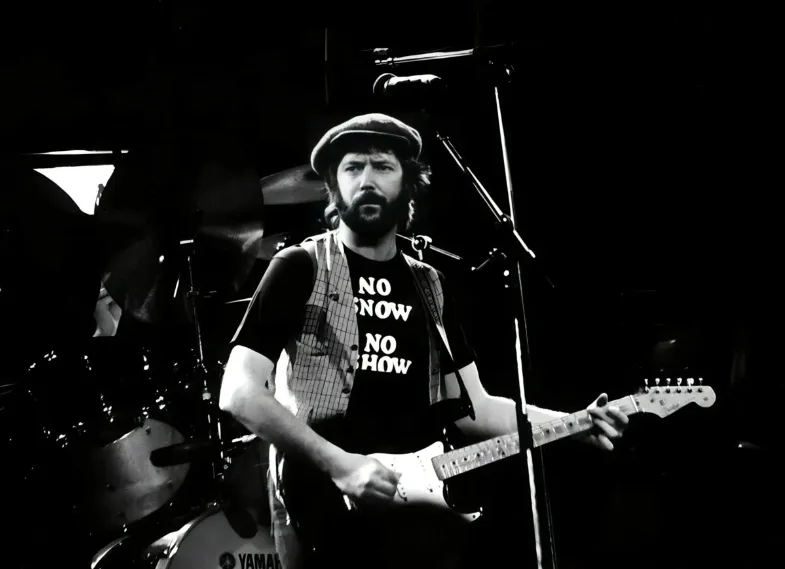For all the accolades they’ve received over the years, The Beatles never claimed to be bold innovators of music. They were just listening to what they heard in their record collections, and that normally involved a lot of different pockets of music, whether that was getting interested in jazzy chords or playing the typical bluesy progressions that Chuck Berry started everyone out with. None of them were going to stay in that lane for very long, though, and by the time they broke up, John Lennon thought Paul McCartney had taken the bass guitar to a whole new level.

If you listen to the first handful of Beatles songs, though, Macca is far from a musical maverick on the low end. There is the occasional walking bass line that sounds cool, like ‘All My Loving’ or the lick in ‘I Saw Her Standing There’, but the lion’s share of albums usually involved him sticking to the roots of every chord to get the right feel for the song.
Sometime around the making of the album Help!, something started to change. After picking up Rubber Soul, McCartney was much more interested in writing complex bass lines that didn’t necessarily go along with the downbeat. Much like James Jamerson, a lot of his tunes became more melodic on the low end, like the figure that goes throughout ‘You Won’t See Me’ or the incredible lick on George Harrison’s ‘Taxman’.

Although McCartney could have been a little more lackadaisical on his bandmate’s songs, every one of his lines helped make the tune better. No matter how often fans hear a song like ‘Dear Prudence’, it’s impossible to resist his groove and melodic phrasing. Even Harrison’s tune ‘Something’ is complemented with a bass part that perfectly follows the lead vocal.
By the time the group had broken up, Lennon thought that McCartney had grown into one of the most seasoned musicians he had ever worked with, telling Playboy, “Paul was one of the most innovative bass players ever. And half the stuff that is going on now is directly ripped off from his Beatles period. He is an egomaniac about everything else about himself, but his bass playing he was always a bit coy about.”

If someone is that curious about music, though, it wouldn’t take them long to move on to other instruments. Sure, McCartney could play mean bass grooves, but he was a guitar player first, and the greatest moments of his solo career tend to feature him strapping on an electric guitar and going wild like the guitar breaks in the song ‘Too Many People’ off of RAM.
While McCartney was a bit leery of forming another band with him as the bass player, Wings also gave fans their fair share of fantastic walking bass lines. No matter how you feel about the lyrics behind ‘Silly Love Songs’, his nimble work across the fretboard is practically the engine of the song half the time, never letting up for one note as he sings about the joy of writing love songs.
The bass player is usually just known as the less competent guitarist in any group, but McCartney was never in that kind of conversation. Do yourself a favour; go listen to his bass work on a song like ‘Being For the Benefit of Mr Kite’, and you’ll see the kind of talent that The Beatles really had at their disposal.



